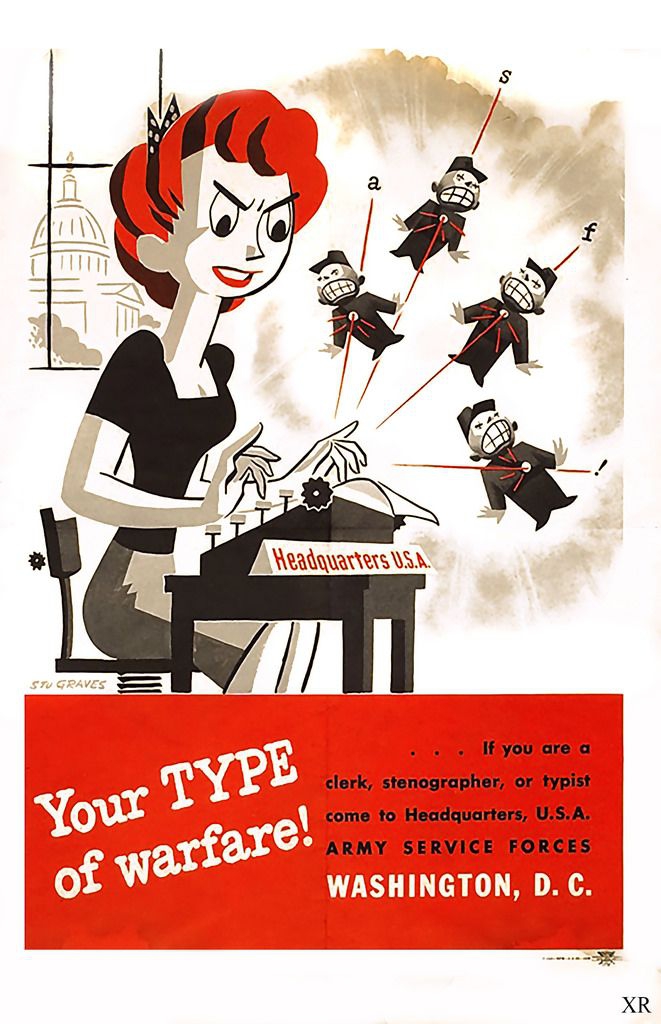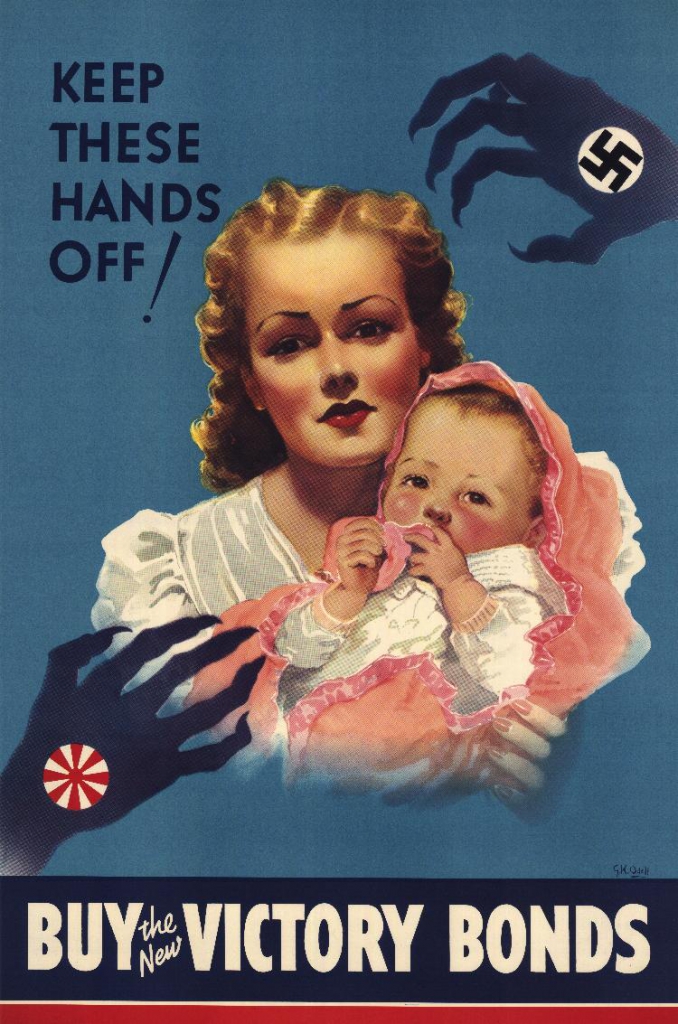
(From the National Archives)
Just another nerd.

SIGSALY was system for encrypting voice communications used during World War II,
SIGSALY used a random noise mask to encrypt voice conversations which had been encoded by a vocoder. The latter was used both to minimize the amount of redundancy (which is high in voice traffic), and also to reduce the amount of information to be encrypted.
The voice encoding used the fact that speech varies fairly slowly as the components of the throat move. The system extracts information about the voice signal around 25 times a second.. . .
Next, each signal was sampled for its amplitude once every 20 milliseconds. For the band amplitude signals, the amplitude converted into one of six amplitude levels, with values from 0 through 5. The amplitude levels were on a nonlinear scale, with the steps between levels wide at high amplitudes and narrower at low amplitudes. This scheme, known as “companding” or “compressing-expanding”, exploits the fact that the fidelity of voice signals is more sensitive to low amplitudes than to high amplitudes. The pitch signal, which required greater sensitivity, was encoded by a pair of six-level values (one coarse, and one fine), giving thirty-six levels in all.A cryptographic key, consisting of a series of random values from the same set of six levels, was subtracted from each sampled voice amplitude value to encrypt them before transmission. The subtraction was performed using modular arithmetic: a “wraparound” fashion, meaning that if there was a negative result, it was added to six to give a positive result.
. . .
The SIGSALY terminal was massive, consisting of 40 racks of equipment. It weighed over 50 tons, and used about 30 kW of power, necessitating an air-conditioned room to hold it. Too big and cumbersome for general use, it was only used for the highest level of voice communications.
A dozen SIGSALY terminal installations were eventually set up all over the world. The first was installed in the Pentagon building rather than the White House, which had an extension line, as President Franklin Roosevelt knew of British Prime Minister Winston Churchill’s insistence that he be able to call at any time of the day or night. The second was installed 60 metres (200 ft) below street level in the basement of Selfridges department store on Oxford Street, London, close to the US Embassy on Grosvenor Square. The first conference took place on 15 July 1943, and it was used by both General Dwight D. Eisenhower as the commander of SHAEF, and Churchill, before extensions were installed to the Embassy, 10 Downing Street and the Cabinet War Rooms.[3] One was installed in a ship and followed General Douglas MacArthur during his South Pacific campaigns. In total during WW2, the system supported about 3,000 high-level telephone conferences.
The installation and maintenance of all SIGSALY machines was undertaken by the specially formed and vetted members of the 805th Signal Service Company of the US Army Signal Corps. The system was cumbersome, but it worked very effectively. When the Allies invaded Germany, an investigative team discovered that the Germans had recorded significant amounts of traffic from the system, but had erroneously concluded that it was a complex telegraphic encoding system.





This giant “Buy Defense Bonds and Stamps Now!” hung in Grand Central in 1941.


This World War II poster was issued in 1943 by the Office of Emergency Management, urging US civilians to stretch their food usage and avoid waste.
